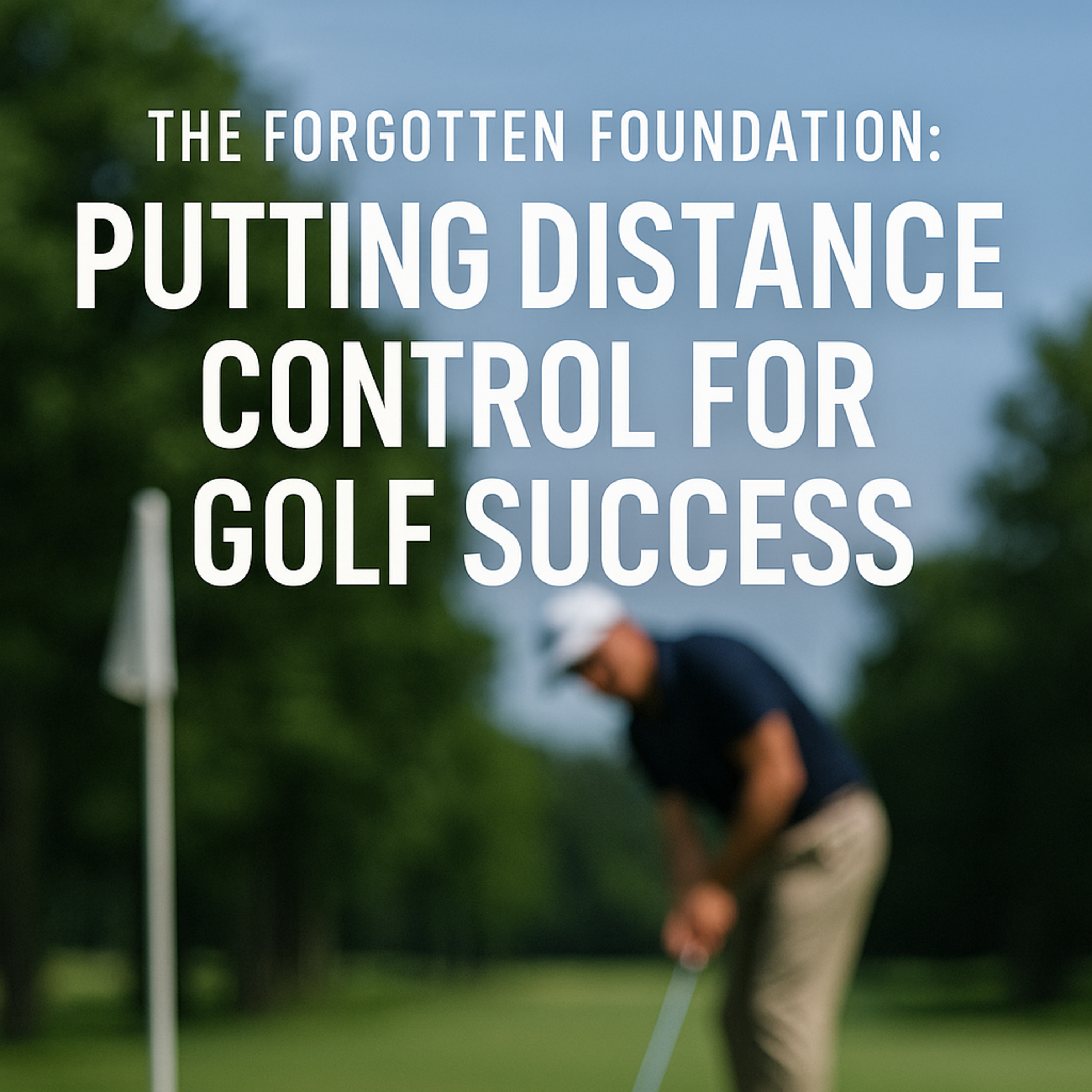#292 The Forgotten Foundation: Putting Distance Control for Golf Success
- Author
- Golf247.eu
- Published
- Tue 22 Jul 2025
- Episode Link
- https://podcasters.spotify.com/pod/show/puttin-pro/episodes/292-The-Forgotten-Foundation-Putting-Distance-Control-for-Golf-Success-e35jjbl
By Henrik Jentsch, Director of Golf Academy 360° powered by Puttalyze
In golf, few skills are as underestimated—and as vital—as putting distance control. While players spend hours working on swing mechanics and driving power, the ability to control putt length remains the true foundation of consistent scoring. Without it, even a technically sound round can quickly unravel.
Distance control isn’t guesswork. It’s a measurable, trainable skill—and its absence leads directly to the most damaging moments in golf: the blow-up hole.
Data from AROS confirms it: 86% of double bogeys or worse stem from just five recurring mistakes. And at the heart of them all lies poor distance judgment.
1. Control the First Putt – Avoid the Three-Putt
The three-putt is the single most common cause of double bogeys. But it’s rarely the short missed putt that’s to blame. The real issue begins with the first putt, which is often left too long or short.
Elite players don’t try to make 30-footers—they aim to lag the ball within 10% of the total distance. For a 30-foot putt, that means stopping the ball within 3 feet of the hole.
This strategy drastically reduces three-putts—and, counterintuitively, leads to more one-putts as well. It’s the discipline of proximity, not perfection, that separates tour-level players from weekend strugglers.
2. Don’t Chip Twice – Keep It Simple Around the Green
About 20% of double bogeys come from needing a second chip. The first chip—too cute, too complex—often lands in trouble. Professionals avoid this by playing low-risk, high-control shots like a bump-and-run with an 8-iron or a hybrid putting stroke.
A 20-foot putt after a safe chip is vastly better than reloading from a bunker. It’s a mindset rooted in outcome control—not heroism.
3. Respect the Recovery – Play for Bogey, Not Brilliance
The “gambler’s mistake” kills more rounds than you think: a bad drive, followed by an even worse attempt to recover too aggressively.
Tour players rarely attempt miracle shots from the trees. They pitch out, accept bogey, and avoid compounding errors. A conservative recovery typically costs one stroke—while a failed hero shot can cost two or more.
Again, the theme is clear: controlled decisions over chaos.
4. Avoid the Hazard – Strategic Approaches Save Strokes
Nothing ruins a hole like an approach shot into a penalty area. For elite players, this leads to a double bogey 60% of the time; for amateurs, the number is even higher.
Smart players use bailout zones. If there’s water short of the green, they aim long—targeting the midpoint between pin and back edge. For instance, if the pin is at 150 yards and the back at 160, they aim for 155.
Many greens are designed to funnel shots from behind—use that slope to your advantage.
The Essential Truth: Distance Control Wins
What’s the common thread? Control—not flair—is what wins tournaments.
The ability to control distance in putting is more than just a putting skill; it’s the core of course management. Professionals succeed not because they hit miracle shots, but because they consistently manage outcomes.
Distance control sets the tone from the first putt to the final approach. It reduces stress, eliminates blow-up holes, and creates scoring opportunities. And it’s teachable—starting with your very next practice session.
